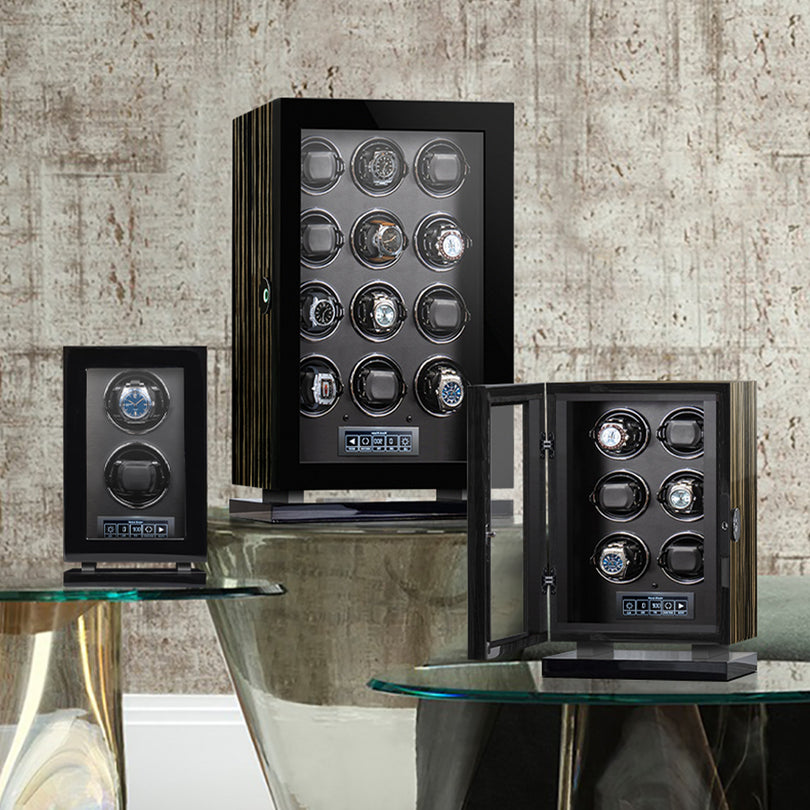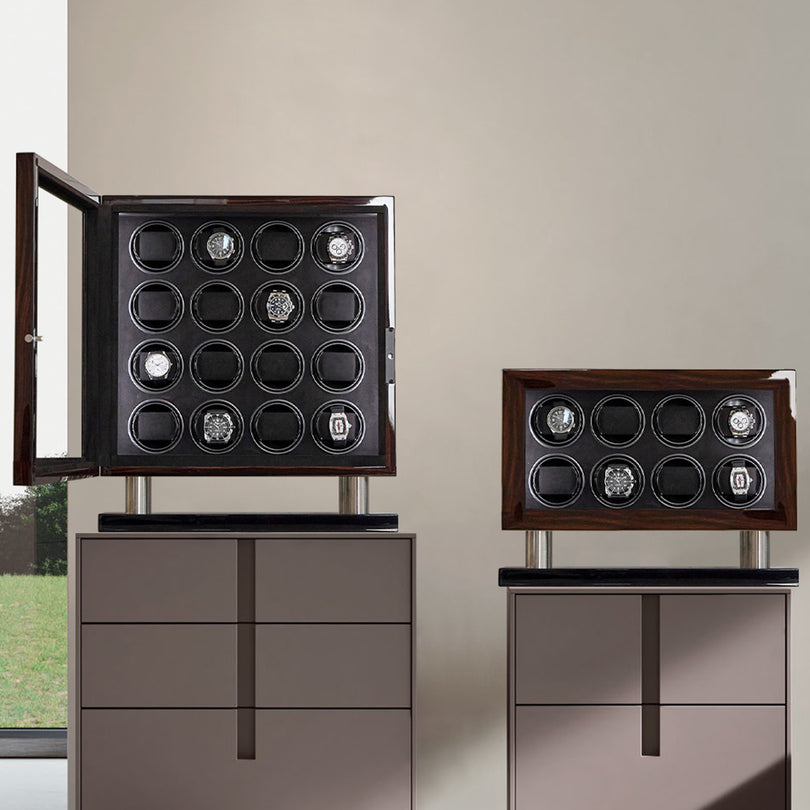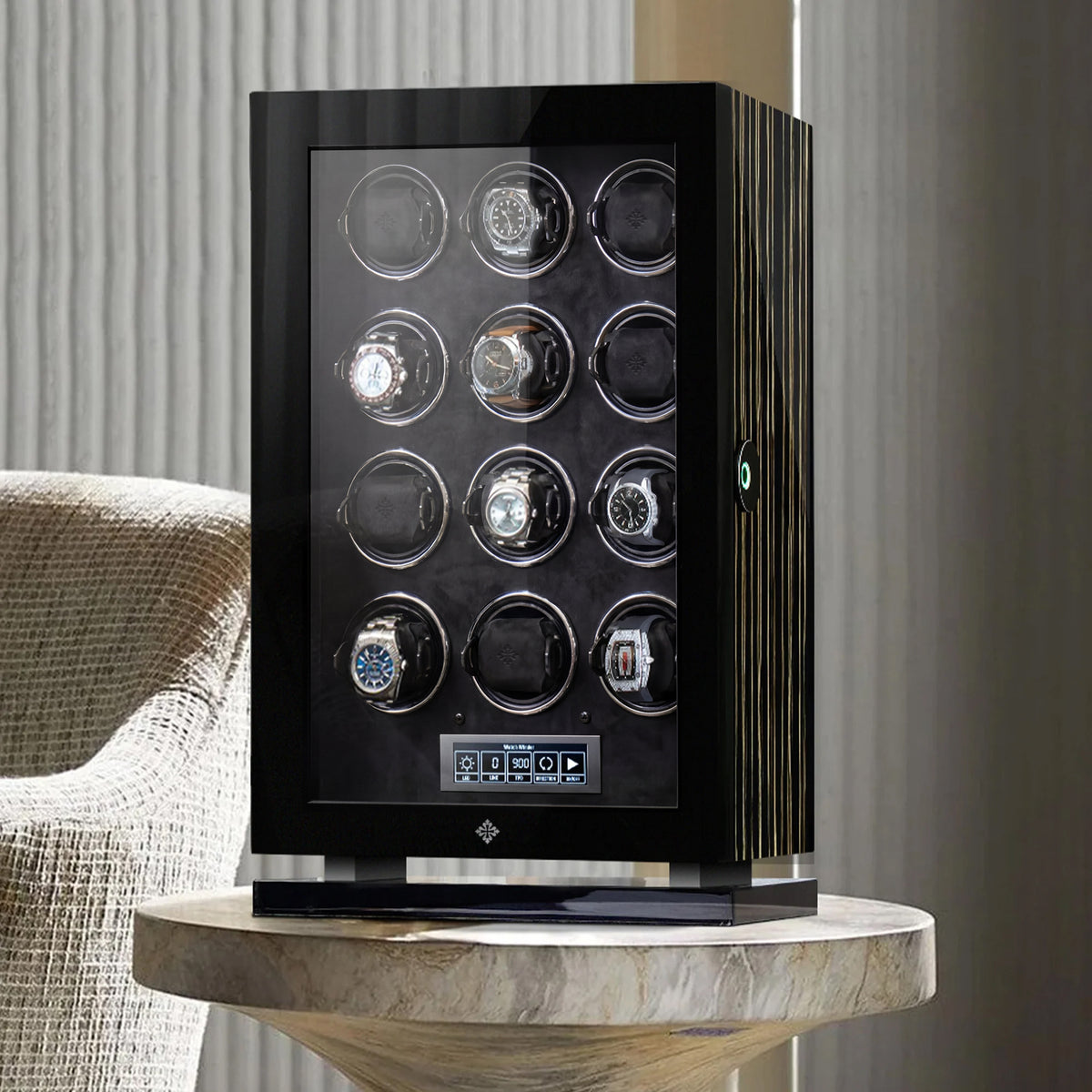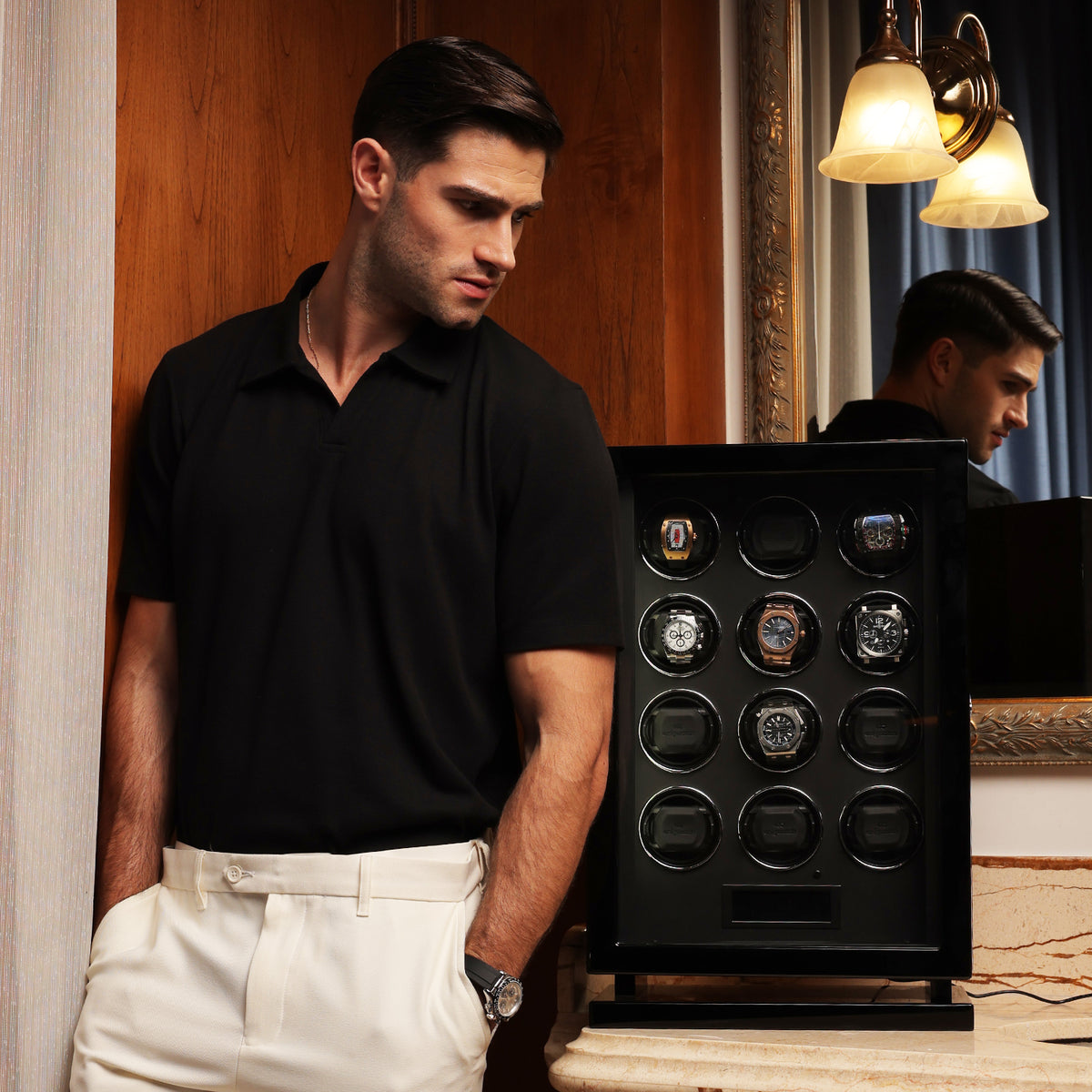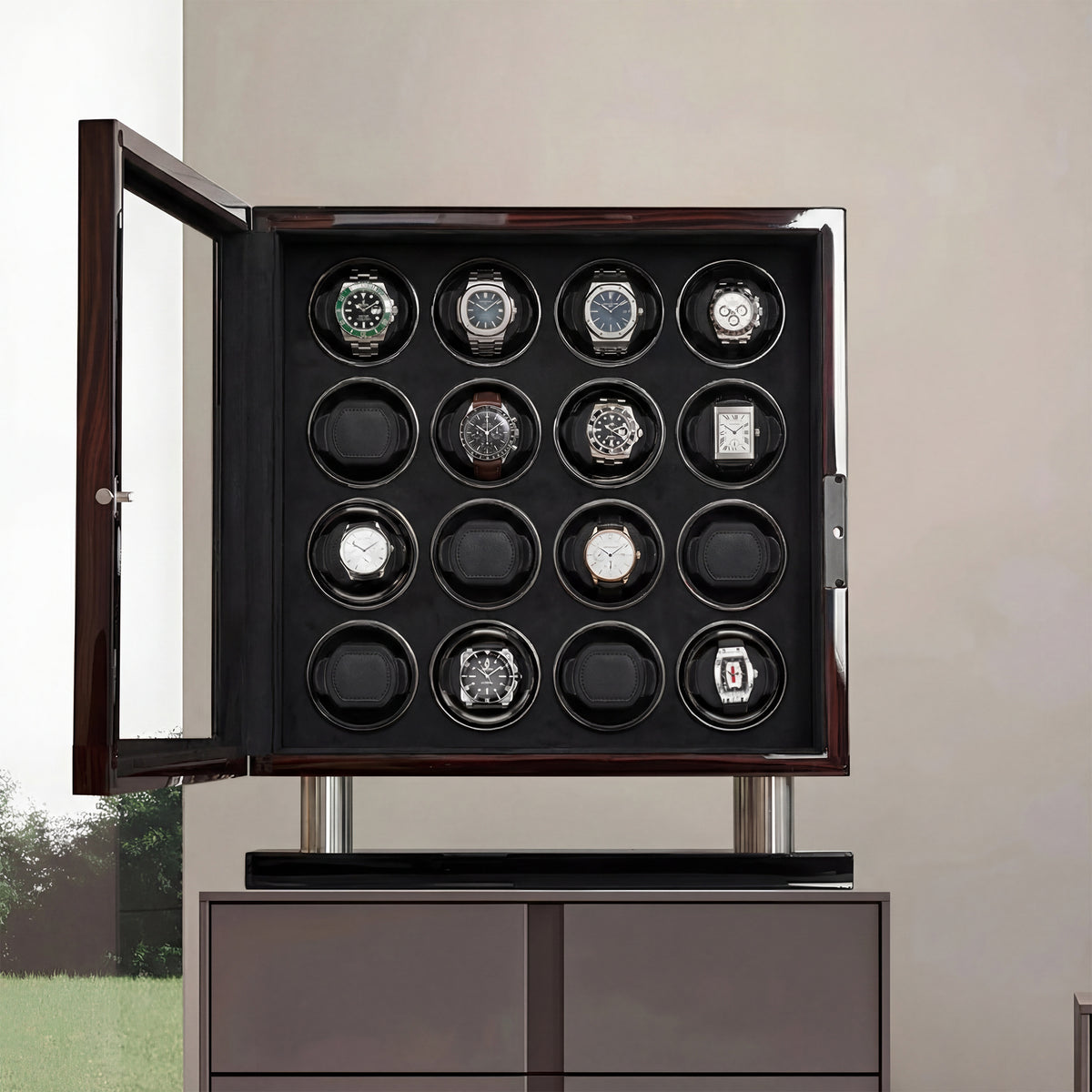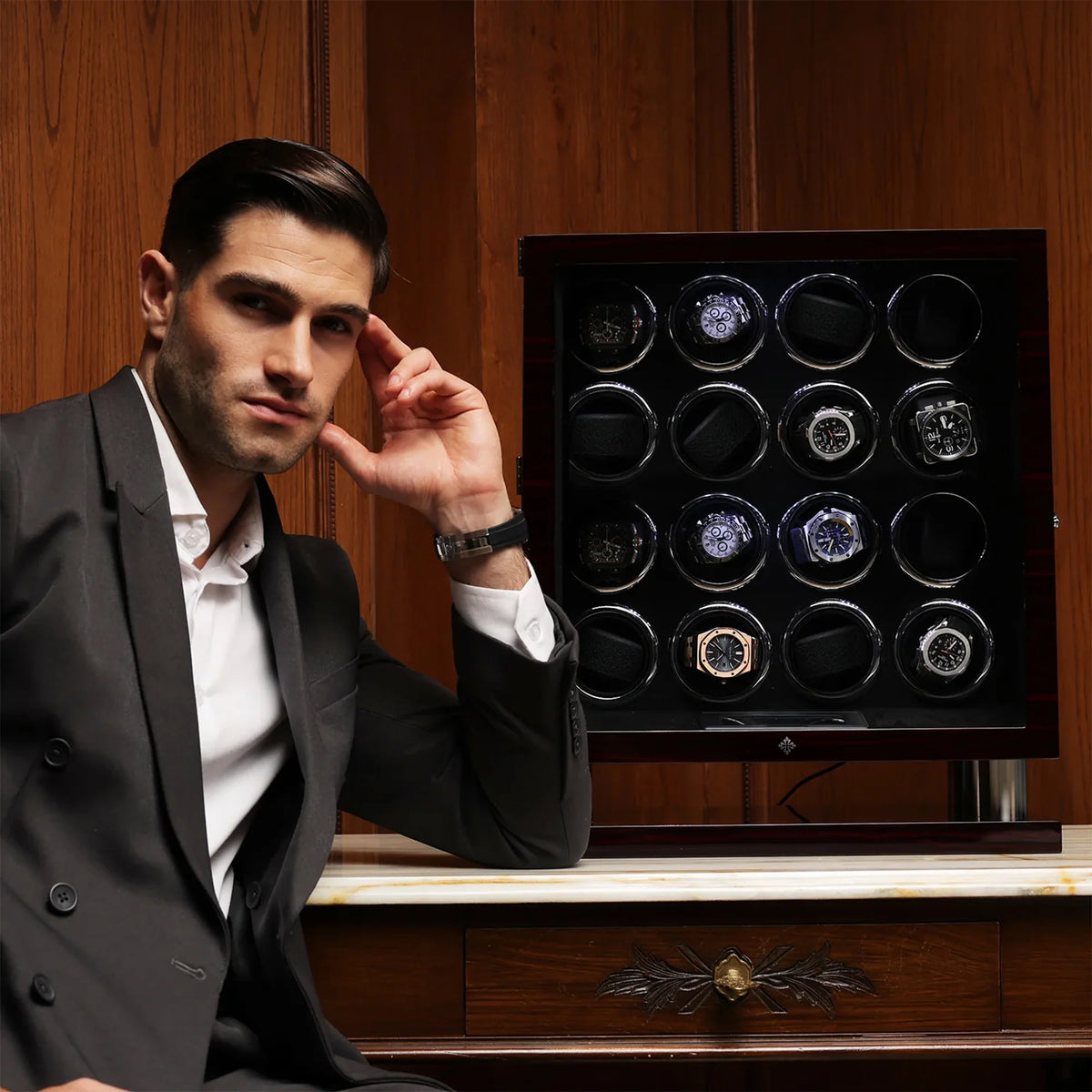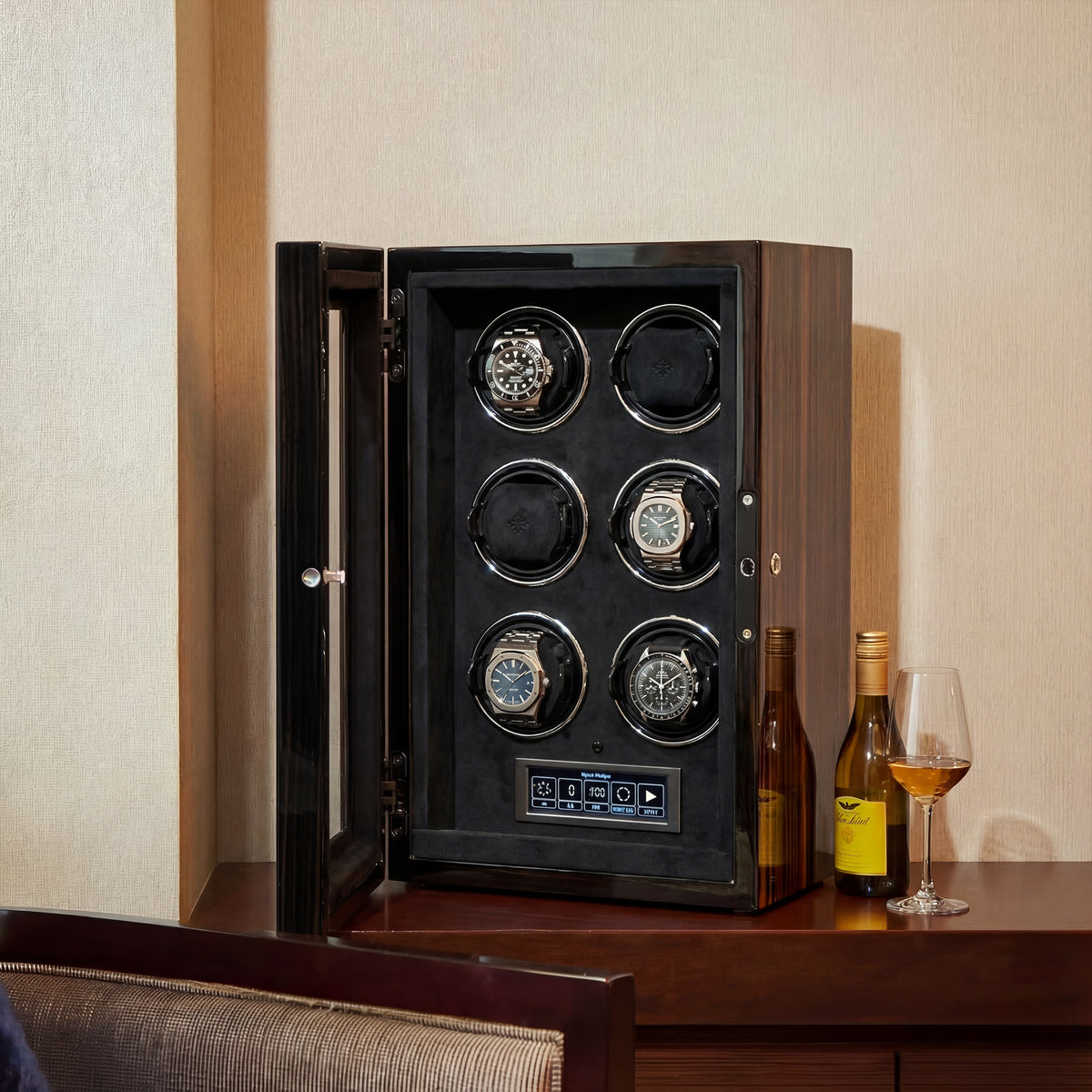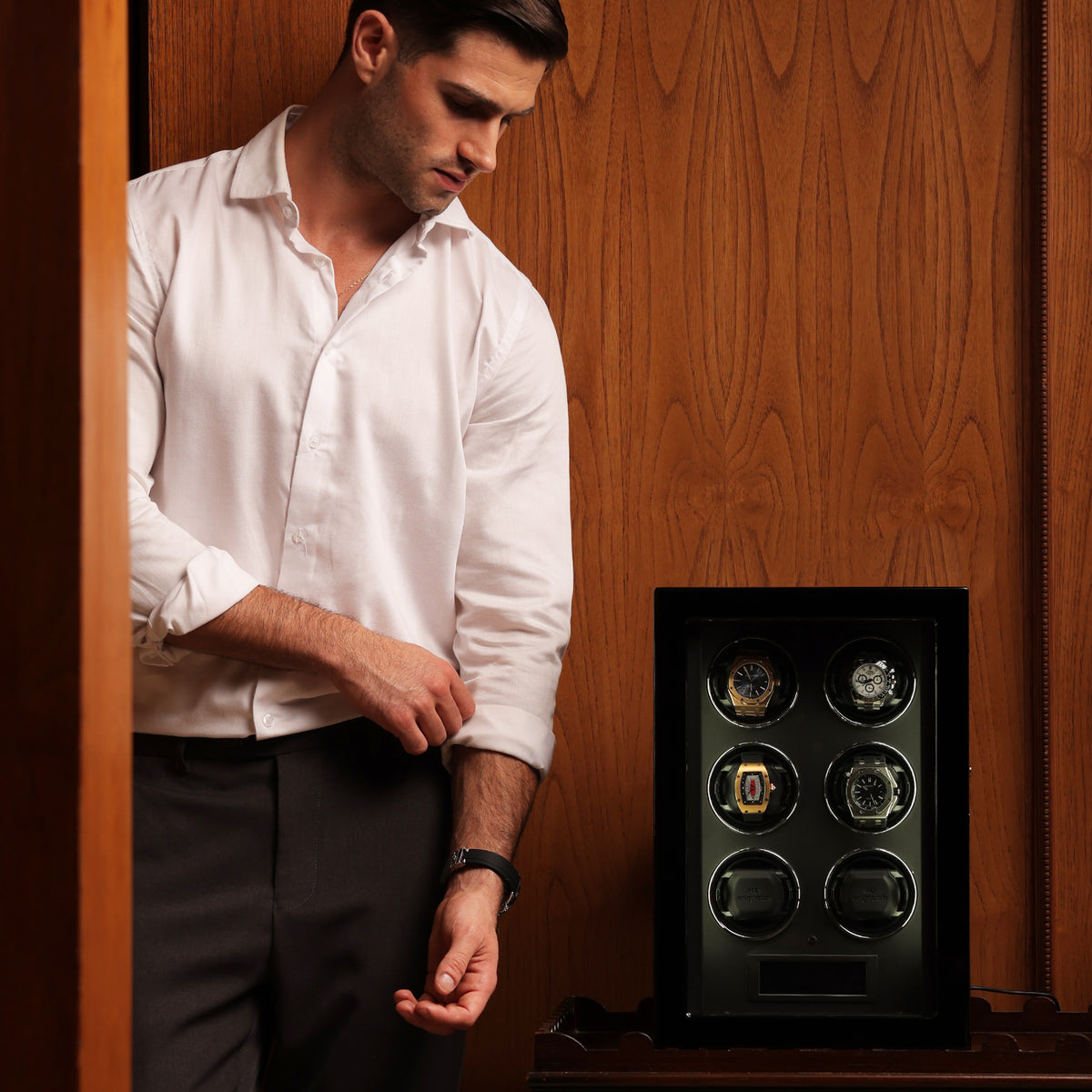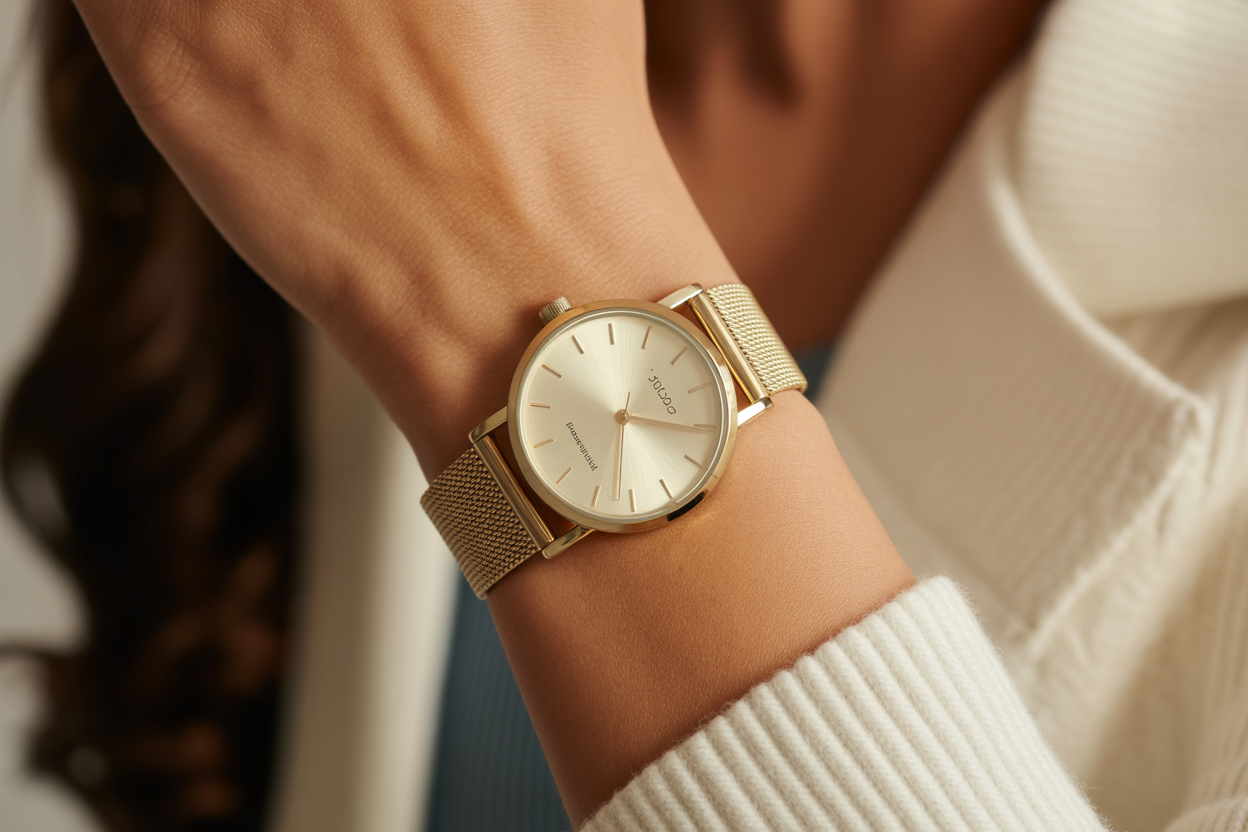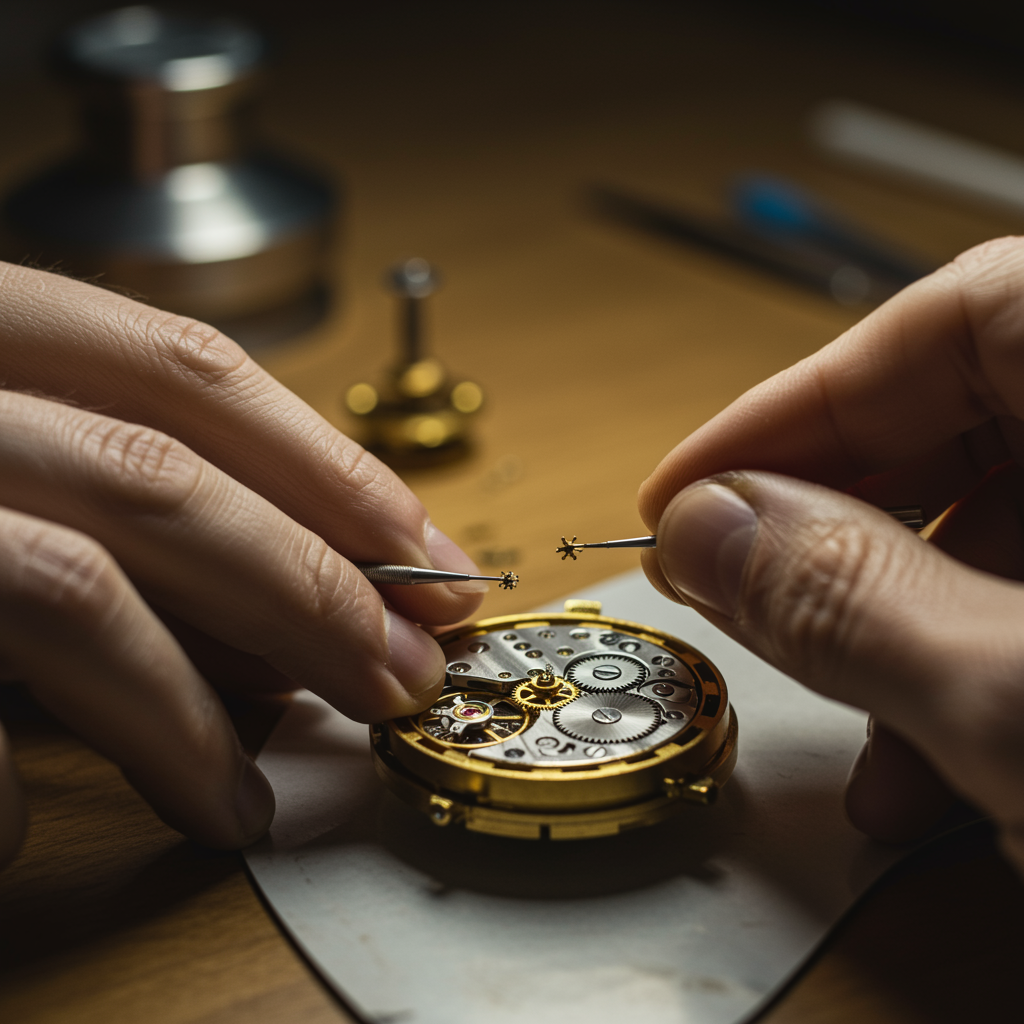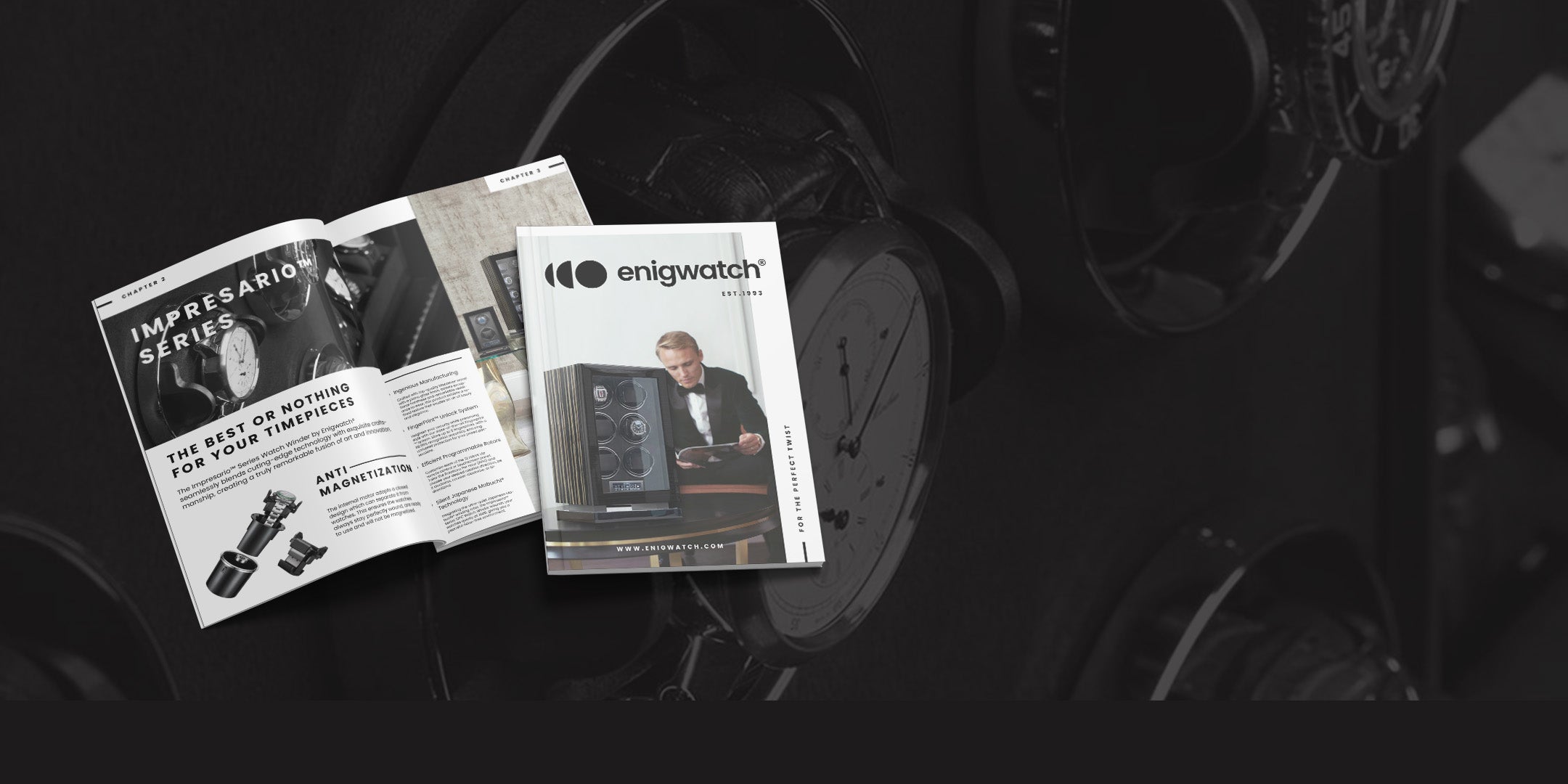People are always looking for new accessories to complement their sense of style and the way they present themselves to the world since the fashion industry is constantly evolving. Additionally, an automatic watch materializes out of this niche.
Features to display the time are included on automatic watches, just like on standard watches. Nonetheless, it is common knowledge that the value of automatic watches has skyrocketed. This shows that automatic watches are considered a high-end accessory for collectors of such timepieces. In addition, there is a Buying Guide that differentiates automatic watches from standard watches in several other ways. let's see
You may also like: Master the Art of Detecting a Fake Cartier Watch with These 7 Simple Steps (2023 Edition)
Basically, what is automatic watch?
Unlike traditional watches that require batteries, an automatic watch harnesses the wearer's motion to generate energy. This means no frequent battery replacements. They epitomize precision and timeless elegance, making them a staple for every fashion enthusiast. With their hands-free operation, they're perfect for round-the-clock wear.
Quartz vs. Automatic Watches

In general, quartz watches are low-priced, low-maintenance, and very precise (average accuracy is 15+/- seconds each month). One long-lasting lithium battery can power them for three years. If the battery is rechargeable, the watch may be charged in two ways: by exposing it to light and becoming "solar-powered," as in the Citizen Eco-Drive, or by using the wearer's wrist motion to turn a "rotor," as in the Seiko Kinetic, a hybrid model.
In contrast to quartz watches, manual winding and resetting are necessary if the watch is left alone for more than a few days. Most high-quality automatic mechanical watches also include a manual winding option. The cost of servicing a mechanical watch is more than that of a quartz one, but it's still manageable given the watches' extended service intervals.
You may also like: Cartier vs Rolex: A Battle of High-End Watch Brands (2023 Review)
Automatic watch work
When it comes to automated watch operation, nothing is complex. It operates on the central part, so you don't need to continually tweaking it.
Each automatic watch includes a rotor that is free-moving thanks to a semi-circular oscillating weight. The arm's kinetic energy is afterwards transformed into mechanical energy by the rotor. The same procedure is followed by each cycle to keep the watch running continually.
An automatic watch will continue to work regularly if it is kept in a winding case while not being worn for an extended period of time. The wristwatch never has to be wound back up while being worn for any occasion.
Things you need to consider before purchasing an automatic watch
Due to the high cost of an automatic watch, it is important for a beginner or collector to have a firm grasp on the basics of what to look for in a wristwatch. This post will provide an explanation of the topic so that you can better grasp it. Stay tuned!
1. Personal Style: Choose a watch that mirrors your style. From the dial color to the strap, every element should resonate with your personal aesthetic.
2. Case and Caseback: Consider the size, shape, and material. Ensure it complements your wrist size and personal style.
3. Material: From stainless steel to gold, the material plays a crucial role in the watch's aesthetics and durability.
4. Strap or Bracelet: Whether it's leather, metal, or rubber, the strap can make or break the watch's look.
5. Water Resistance: Ensure your watch can withstand splashes or even a dive.
6. Accuracy: Opt for a watch that offers precise timekeeping.
7. Durability: Invest in a watch that stands the test of time.
8. Watch Crystal: Sapphire crystals are a premium choice, known for their clarity and scratch resistance.
9. Additional Features: From power reserves to chronographs, consider what extra features resonate with you.
10. Price: While automatic watches can be pricey, ensure you're getting value for your money.
You may also like: Best Automatic Watch for Women in 2023
Recommendation Watch Winders for Automatic Watch 2023
So, you've invested in the best automatic watches, and now you're pondering how to keep them ticking perfectly when not on your wrist? Enter the world of watch winders, a collector's best friend. Let's dive into the crème de la crème of watch winders that perfectly complement your exquisite collection.
YACHTLINE™ Series 8: The Mariner's Choice

Crafted for the discerning collector, the YACHTLINE™ Series 8 is not just a winder; it's a statement. Its precision engineering ensures your automatic watches remain in optimal condition, mimicking the natural movement of the wrist. With a design inspired by the grandeur of luxury yachts, this winder is a perfect blend of functionality and elegance. Ready to elevate your collection? Dive into the details and make it yours today!
Virtuoso™ 6 Watch Winder: The Maestro of Timekeeping

Meet the Virtuoso™ 6, a winder that truly understands the heartbeats of your prized watches. Designed for the aficionado who values precision, this winder ensures your timepieces are always ready to wear, perfectly synchronized. Its sleek design is a testament to its superior craftsmanship. Why wait? Discover the Virtuoso magic and let your watches sing in harmony.
Impresario™ Series 12 Watch Winder: The Conductor of Classics

For those with an expansive collection, the Impresario™ Series 12 is the ultimate winder. It's not just about keeping time; it's about celebrating each watch's unique rhythm. With space for twelve watches, this winder is a symphony of design and functionality. Every detail, from its aesthetics to its mechanics, speaks of mastery. Experience the Impresario difference and let your collection shine in all its glory.
Conclusion
Automatic watches are a testament to craftsmanship, precision, and style. They're not just timekeepers but a statement of one's taste and sophistication. As you embark on your journey to find the perfect automatic watch, remember to consider the factors mentioned above.
Ready to Elevate Your Timekeeping Experience?
Automatic watches deserve the best care. Keep yours ticking perfectly even when not in use with a premium watch winder from Enigwatch. Explore our range and find the perfect companion for your cherished timepiece. Shop now!

